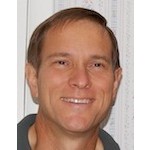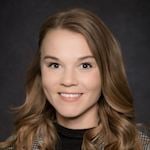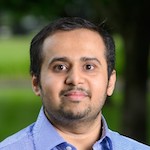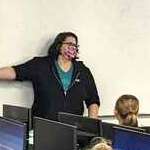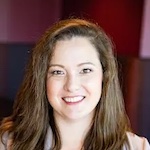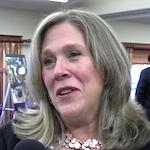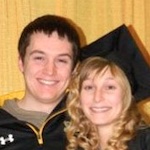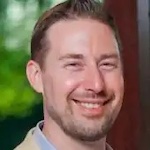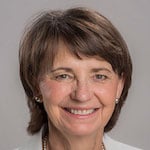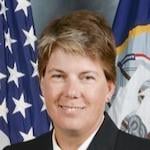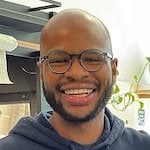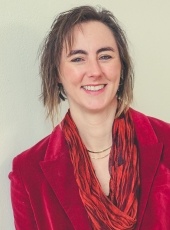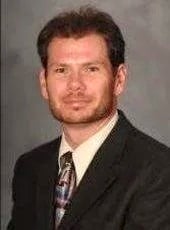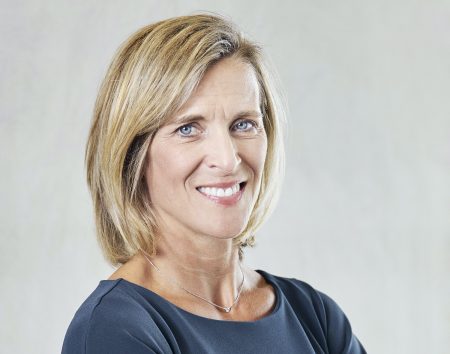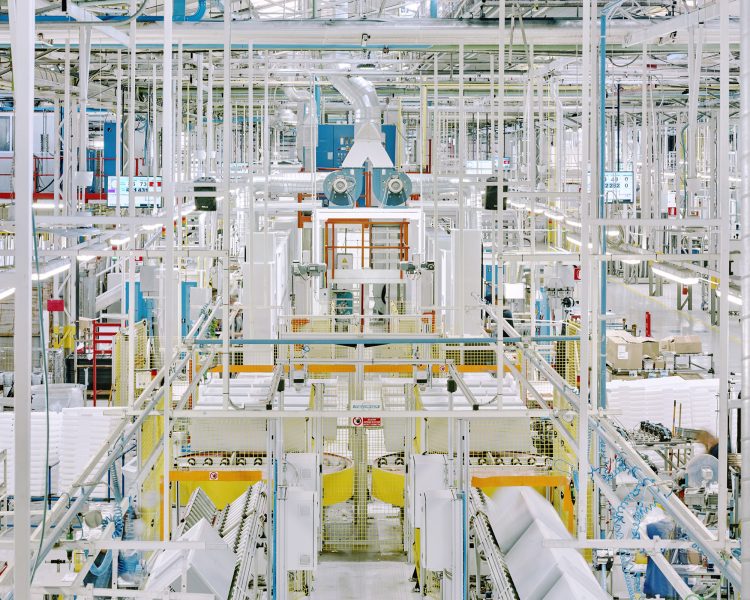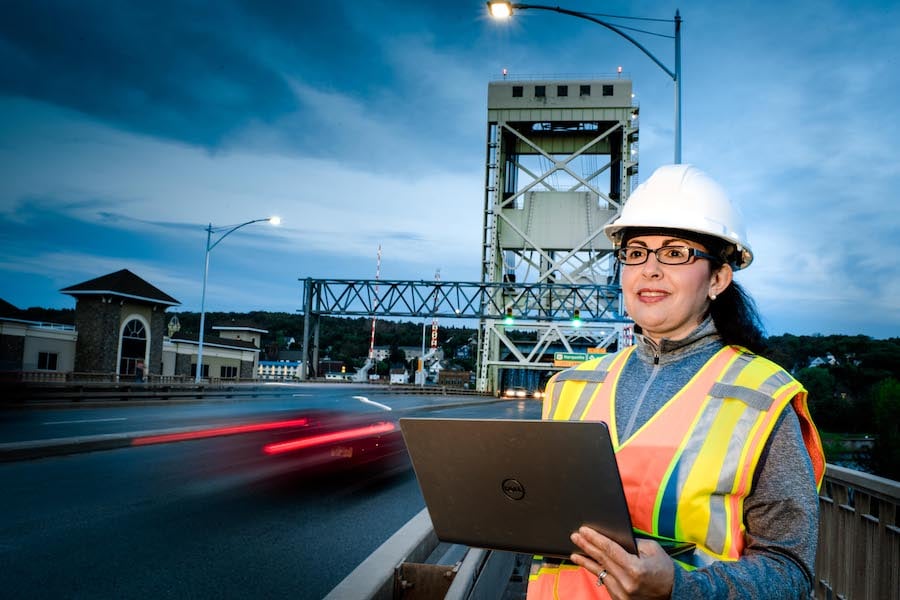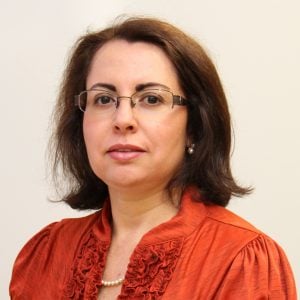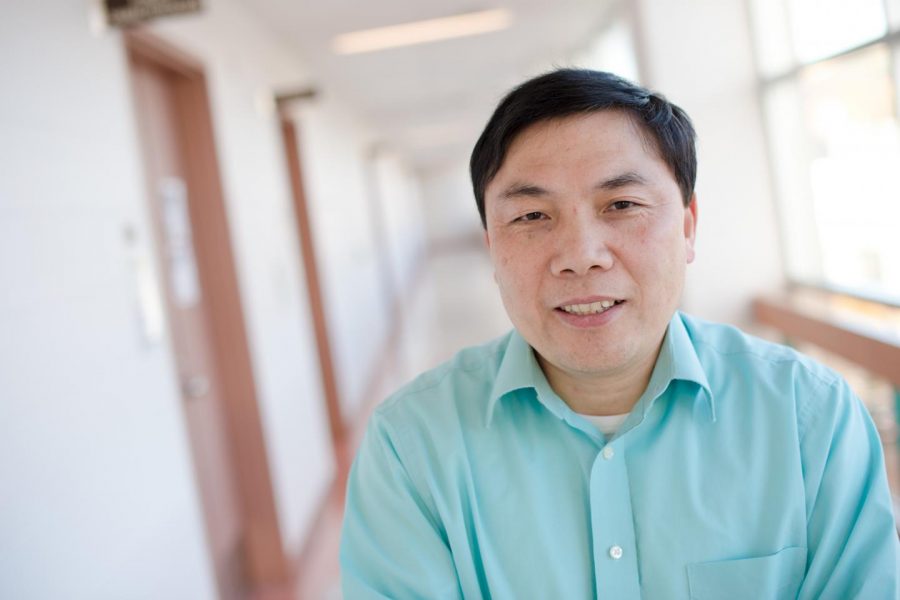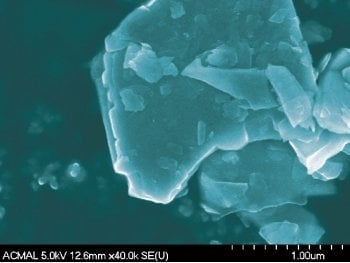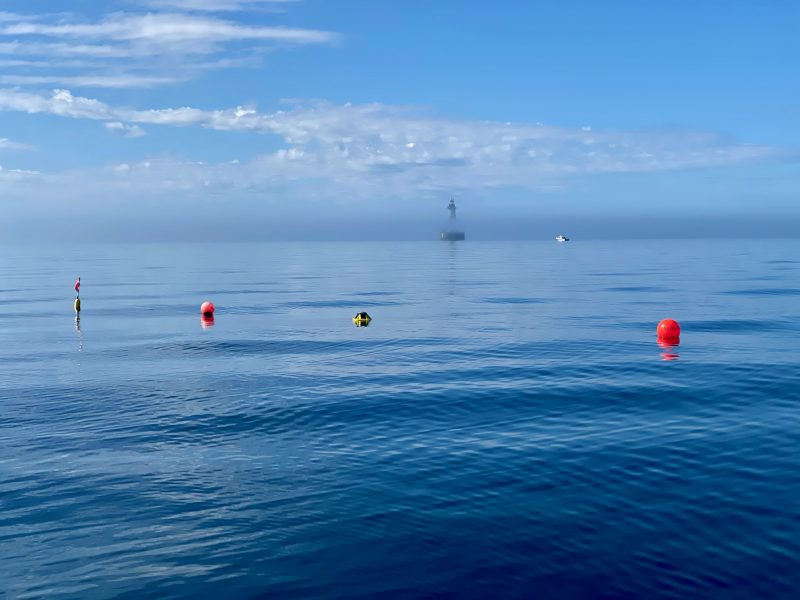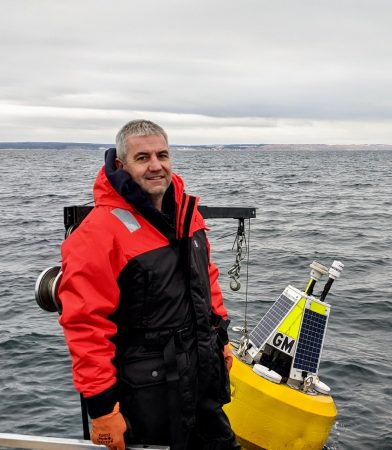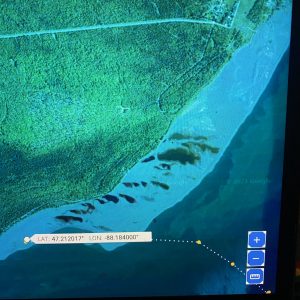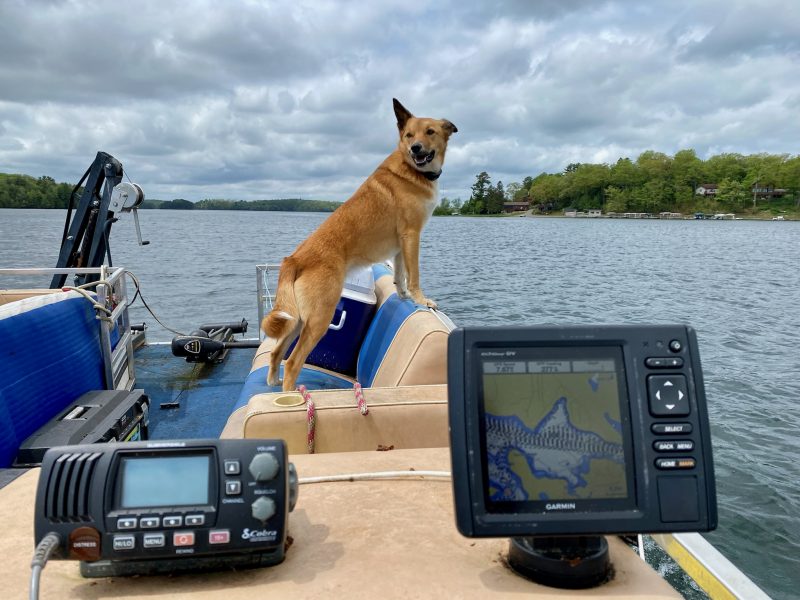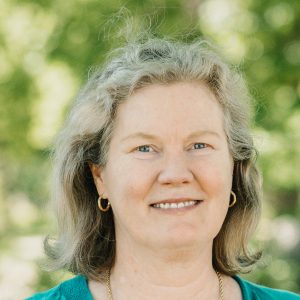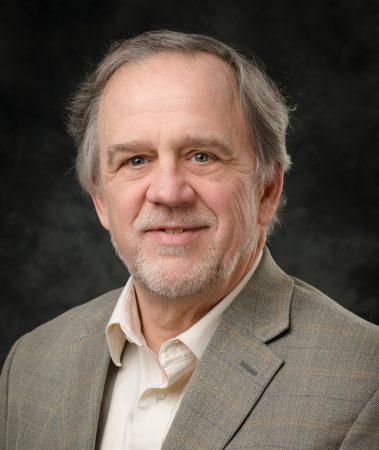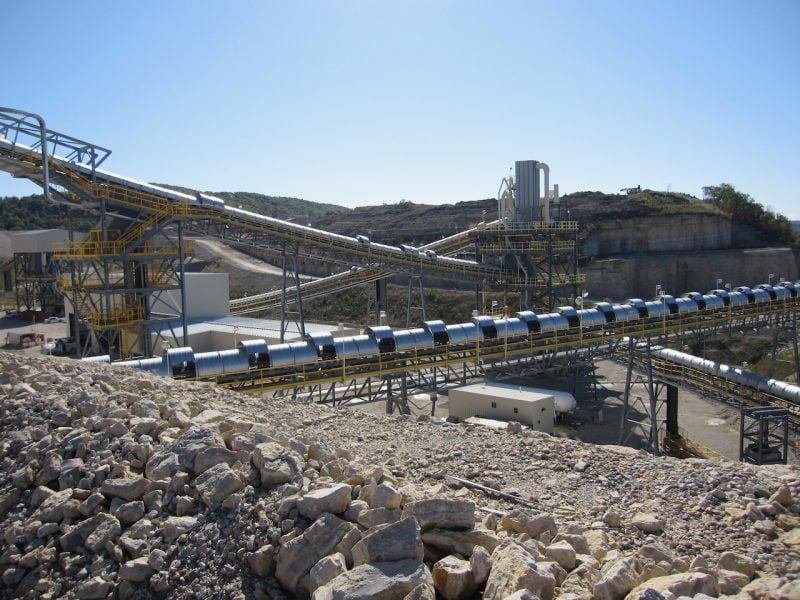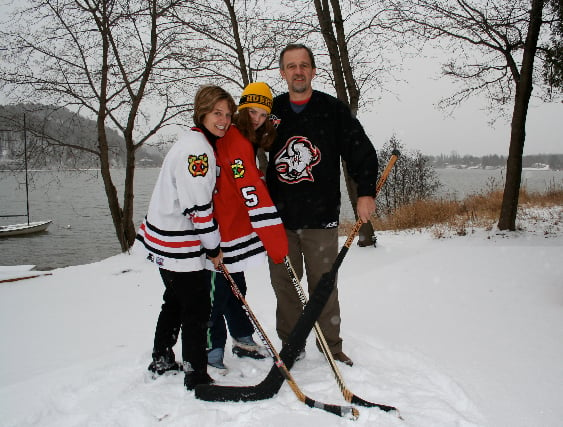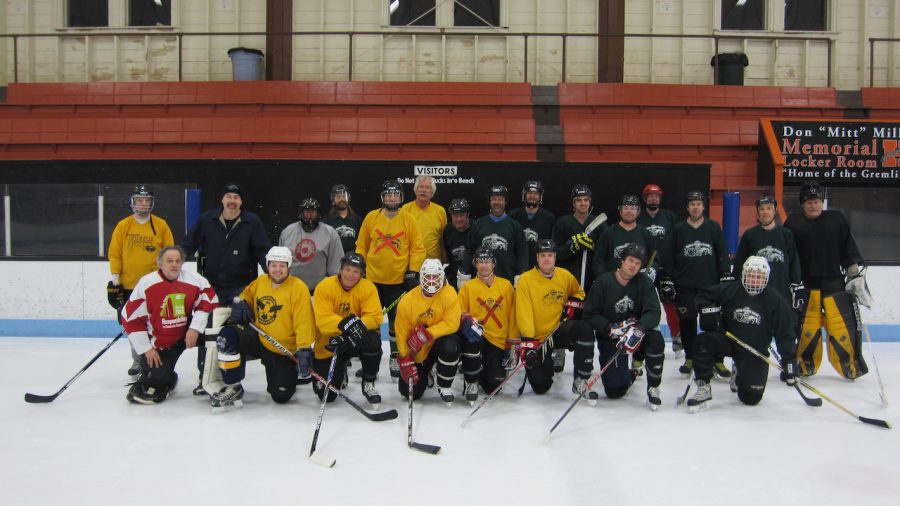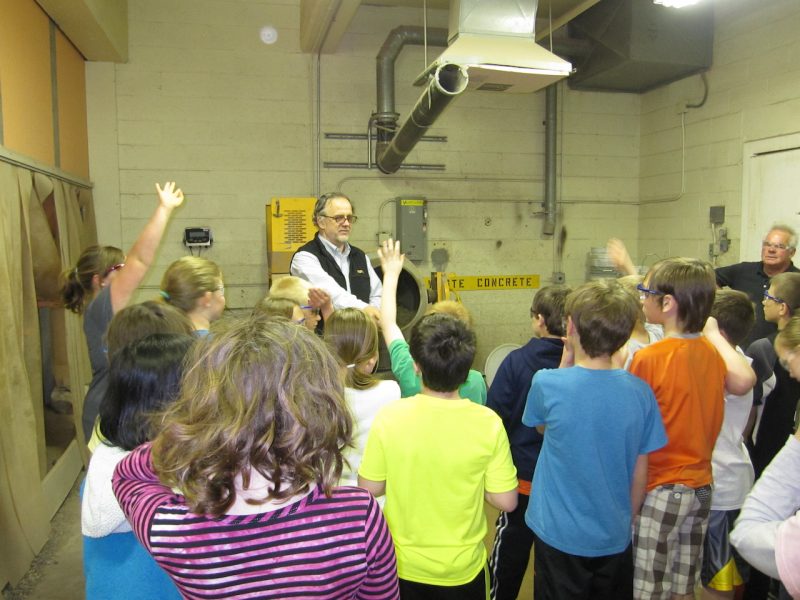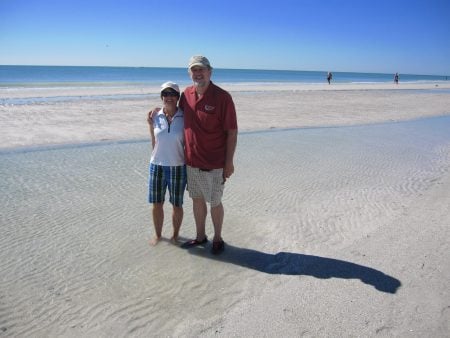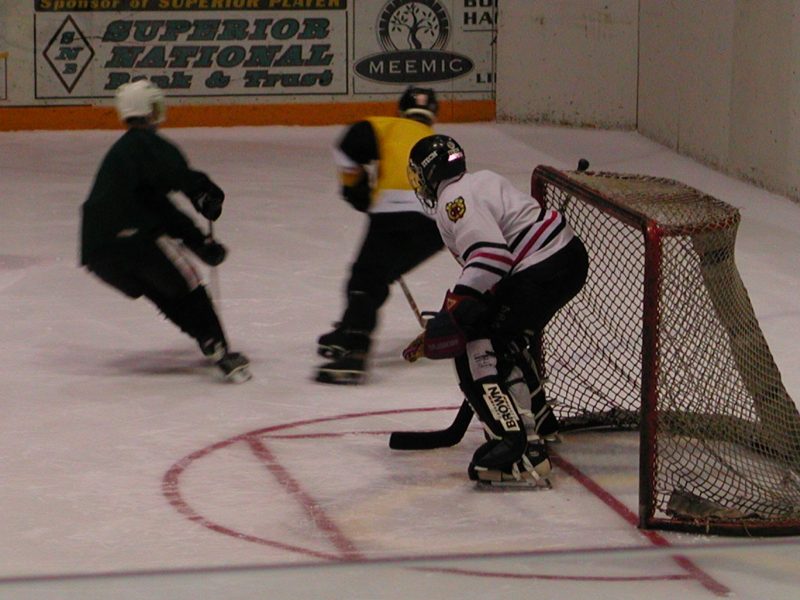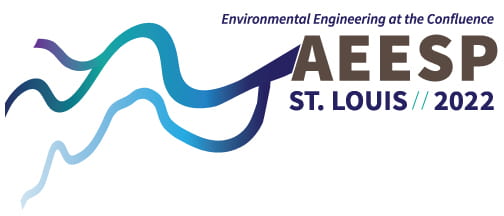
Craving some brain food? Join Dean Janet Callahan and special guests each Monday at 6 p.m. ET this for a 20-minute (or so) interactive Zoom webinar, with plenty of time after for Q&A. Grab some supper, or just flop down on your couch. This family friendly event is BYOC (Bring Your Own Curiosity). All are welcome. Get the full scoop and register—it’s free—at mtu.edu/huskybites.
Guests include Michigan Tech faculty members, who share a mini lecture and weave in a bit of their own personal journey to their chosen field. Also invited to join in during the session—their colleagues, mentors, former students, or current students.
“We created Husky Bites for anyone who likes to learn, across the universe,” says Callahan. “We aim to make it very interactive, with a ‘quiz’ (in Zoom that’s a multiple choice poll), about every five minutes. Everyone is welcome, and bound to learn something new. Some entire families enjoy it,” she adds.
Those who join Husky Bites via Zoom can take part in the session Q&A, one of the best parts of Husky Bites. But there are a few ways to “consume” the webinar. Catch the livestream on the College of Engineering Facebook page. Or, if you happen to miss a session, watch any past session on Zoom or youtube. (Scroll down to find the links on mtu.edu/huskybites).
On Monday (September 26), we’ll launch the season with “Railroads—Back to the Future, with Dr. Pasi Lautala, alumnus, director of Michigan Tech’s Rail Transportation Program, and associate professor of Civil, Environmental and Geospatial Engineering. Prof. Lautala will be joined by Eric Peterson ’70, ’71, retired former assistant chief engineer of public projects at CSX—and one of Michigan Tech’s greatest supporters and advocates of railroad activities and education.
- September 26 • Railroads—Back to the Future
- October 3 • Multiplanetary INnovation Enterprise (MINE)
- October 10 • Mixing Lasers with the Atmosphere
- October 17 • Sensing Smells
- October 24 • The Michigan Tech Band Experience—Wonderful Ruckus to to Symphonic Thrills
- October 31 • Kitchen Metallurgy
- November 7• Restoring the Balance—Wolves and Our Relationship with Nature
- November 14 • Free Falling
- November 21 • Forged in Fire, Sculpted by Ice—Keweenaw Geostories
About Husky Bites
Dean Callahan first launched Husky Bites June 2020, after the the first few months of the pandemic. Since then, she has hosted attendees from Michigan Tech’s campus community, across the US, and even attendees from various countries around the world. “There’s something of interest for all ages,” she adds. “A lot of folks turn it on in the background, and listen or watch while preparing, eating or cleaning up after supper,” she says. Dean Callahan awards some really great prizes for attendance. Also, high school students qualify for a nifty swag bag.
Get the Full Scoop
Want to see full schedule details? Just go to mtu.edu/huskybites. You can register from there, too. Husky Bites is presented by the College of Engineering at Michigan Technological University.


